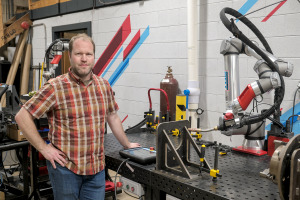
Ford leader calls on autoworkers to end strike, says company’s future at stake
In a rare speech during contract talks in the company’s hometown of Dearborn, Michigan, Ford Motor Co. Executive Chairman Bill Ford said high labor costs could limit spending to develop new vehicles and invest in factories.

















